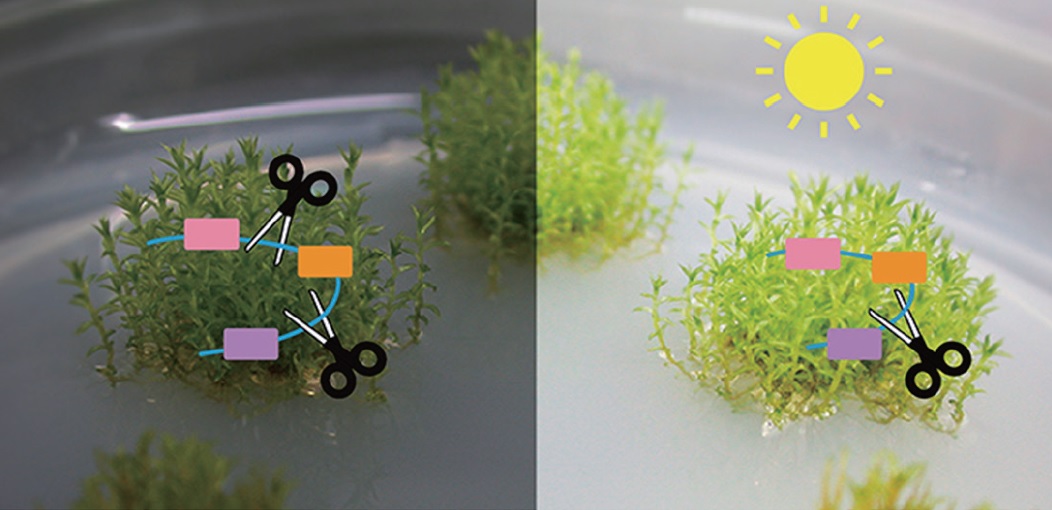Molecular Mechanism of Light-Regulated Alternative Splicing in Plants
Light is the most important energy source for plants and also modulates many developmental programs. To optimize light absorption, plants have evolved sophisticated photoreceptor systems to sense the quality, quantity, direction, and duration of light. Phytochromes are a major class of photoreceptors that mainly perceive red and far-red light. Phytochromes function at various levels to control gene expression such as during chromatin modification, transcription, translation, and posttranslation. Accumulating evidence suggests that alternative splicing (AS) is also regulated by phytochromes. However, the detailed mechanism remains unclear. Dr. Shih-Long Tu's group discovered that in the moss Physcomitrella patens, the red light-activated phytochrome interacts with the splicing regulator PphnRNP-H1 in the nucleus. Furthermore, PphnRNP-H1 associates with the PpPRP39-1, one of spliceosome components which functions in pre-mRNA splicing, to control splicing activities. Their results suggest that phytochromes target the early step of spliceosome assembly via a cascade of protein–protein interactions to control pre-mRNA splicing.
The Plant Cell 31(10), 2510-2524 (2019).
DOI: 10.1105/tpc.19.00314